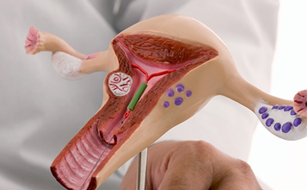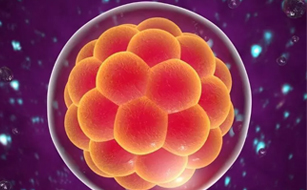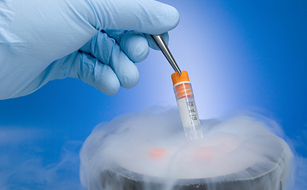
Assisted embryo hatching is a technique used during in vitro fertilization (IVF) to facilitate the embryo's implantation into the uterine lining. It involves making a small opening or thinning a part of the embryo's outer shell, known as the zona pellucida, just before the embryo transfer procedure. This process is intended to enhance the embryo's ability to hatch or break out of its protective shell, which is a necessary step for implantation into the uterus.
The zona pellucida normally thins and breaks down naturally as the embryo develops and prepares for implantation. However, in some cases, such as advanced maternal age or poor embryo quality, the zona pellucida may be thicker than optimal, which could potentially hinder the embryo's ability to hatch.
Assisted embryo hatching is typically performed using a specialized micromanipulation technique, either with the use of a laser or by making a small hole in the zona pellucida using a fine needle. By creating a small opening in the zona pellucida, the embryonic cells have an easier time expanding and hatching from the shell, which may improve the chances of successful implantation in the uterus.
Assisted embryo hatching is not routinely performed in all IVF cycles, and its use is typically reserved for specific cases where it may benefit the implantation process. The decision to perform assisted hatching is made based on factors such as the woman's age, previous IVF outcomes, and the quality of the embryos.
It's essential to note that assisted embryo hatching is a delicate procedure that should only be performed by experienced embryologists in a specialized fertility clinic setting. While it may offer potential benefits in certain cases, it's not guaranteed to improve the chances of pregnancy and may carry some risks, such as damage to the embryo. Therefore, the decision to undergo assisted hatching should be made after careful consideration and discussion with the fertility team.

AIUI stands for Intrauterine Insemination. It's a fertility treatment that involves placing sperm inside a woman's uterus to facilitate fertilization.

Blastocyst transfer represents a significant advancement in the field of assisted reproductive technology, offering hope to individuals and couples struggling with infertility. By extending embryo culture to the blastocyst stage, this technique allows for improved embryo selection

Embryo freezing has transformed the landscape of fertility treatment, offering individuals and couples facing infertility a valuable option for preserving and expanding their reproductive options. By cryopreserving embryos, individuals can increase their chances of pregnancy, reduce the risk of complications

High-risk pregnancy presents unique challenges and requires specialized care to ensure the health and well-being of both mother and baby. By understanding common risk factors, recognizing potential complications, and implementing appropriate management strategies, healthcare providers can help navigate the complexities of high-risk pregnancy and optimize outcomes for expectant

